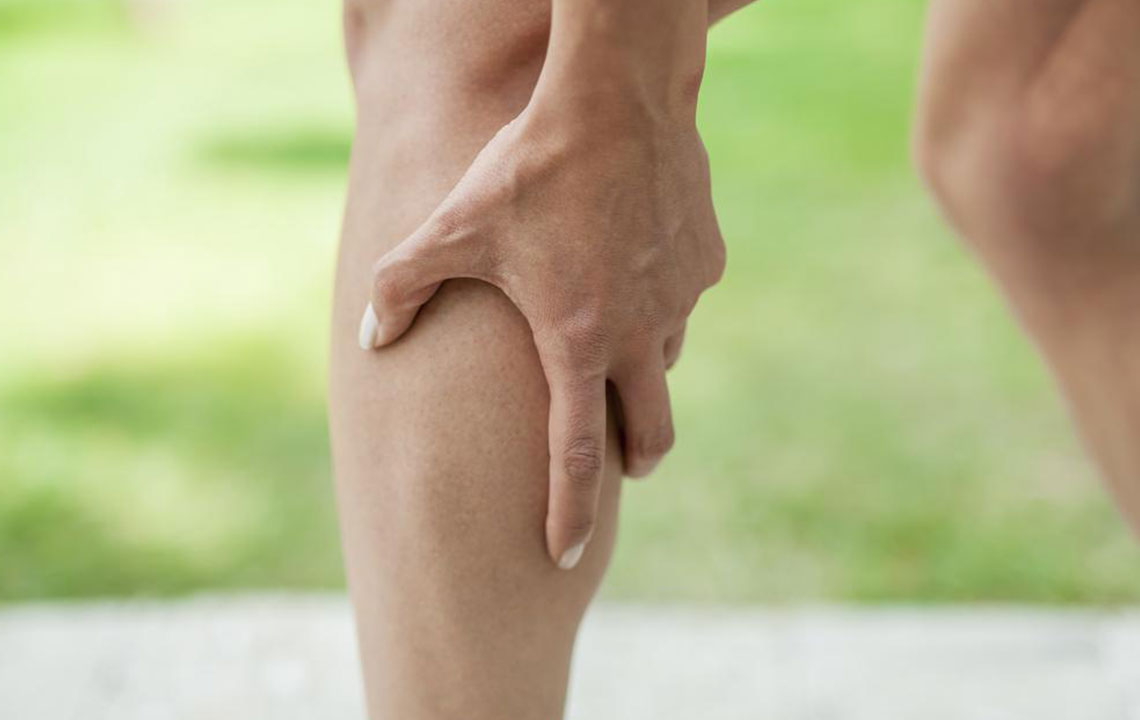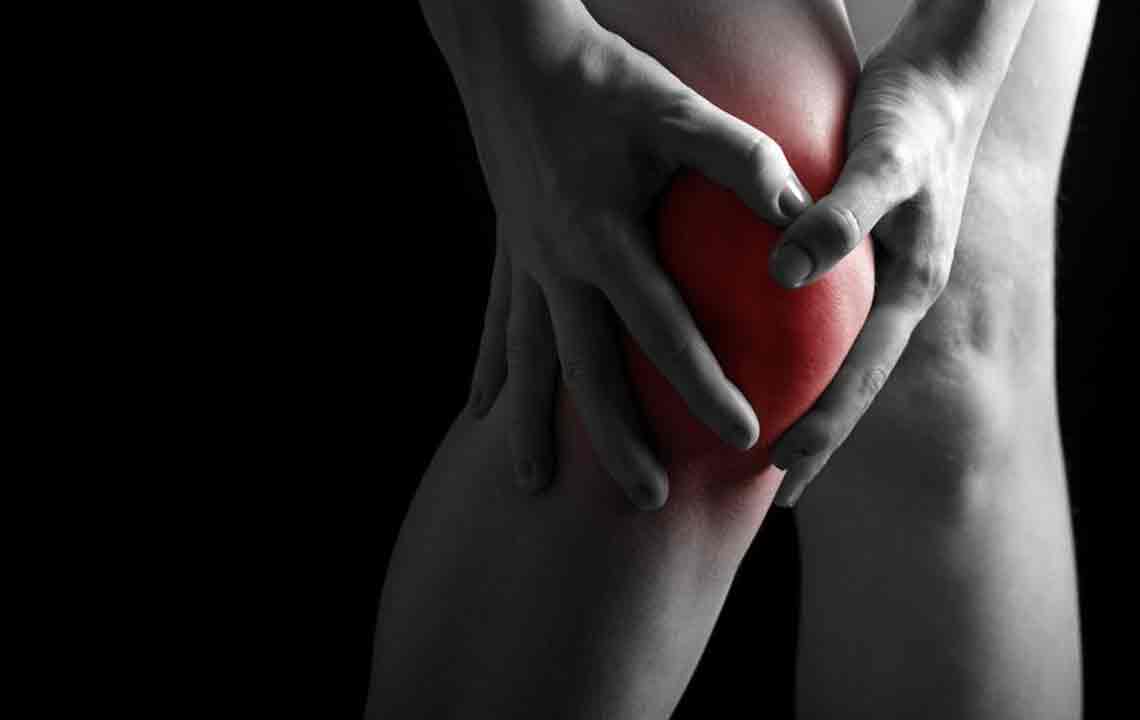Top Causes of Nighttime Leg Cramps and How to Prevent Them
Discover the primary causes of leg cramps at night and effective strategies for prevention. This guide covers lifestyle factors, medical conditions, and nutritional issues that contribute to nocturnal leg spasms. Learn how to reduce your risk through proper sleep positions, hydration, and medical consultation if necessary. Understanding these triggers helps you manage and prevent uncomfortable night leg cramps for better sleep quality and overall well-being.

Common Reasons for Nocturnal Leg Cramps and Solutions
Leg cramps that occur during sleep, also called nocturnal leg cramps, are sudden, involuntary muscle tightenings that often affect the calves and may extend to the hamstrings and thighs, causing significant discomfort. These cramps can be triggered by various factors, including poor sleep positions, nutritional deficiencies, and lifestyle habits. Understanding these causes can help in managing and preventing such episodes effectively.
Insufficient stretching of muscles
Our modern sedentary lifestyle reduces physical activity, leading to shortened and less flexible muscles. Unlike our ancestors who moved frequently, today's routines lack regular stretching, increasing the risk of cramps.
Uncomfortable sleeping positions
Sleeping face down can force the foot into a plantar flexion position, tightening calf muscles. Prolonged positions like this make muscles more prone to cramping with minor movement. Sleeping on your side or in other neutral positions can help prevent cramps.
Neurological conditions
Conditions like multiple sclerosis (MS) may cause involuntary muscle spasms including leg cramps. Spasticity related to MS manifests as tightness or twitching, leading to discomfort during the night.
Intense physical activity
Vigorous exercise can overload muscles, especially if overdone without proper hydration. This overload often causes muscle fatigue and cramps, particularly among athletes, with no guaranteed prevention method.
Joint disorders
Osteoarthritis leads to joint discomfort but can also cause muscle spasms and cramps if nerve issues develop, especially in cases involving nerve compression in the spine.
Dehydration
Not drinking enough fluids increases nighttime cramps. Heat increases sweating, leading to fluid and electrolyte imbalances that contribute to cramps, especially in summer months.
Prolonged standing or sitting
Both extended standing and sitting can cause muscle fatigue or hyperactivity, which may result in cramps. Regular movement and avoiding long periods in one position can reduce this risk.
Nutritional deficiencies
Imbalances in magnesium, calcium, or potassium—key electrolytes—might cause muscle spasms. Maintaining proper nutrient levels is often recommended, although more research is needed to confirm this link.
Diabetic nerve damage
High blood sugar levels can result in peripheral neuropathy, damaging nerves and causing tingling, numbness, or cramps in the legs. Managing diabetes can help prevent nerve deterioration and cramps.
Circulatory disorders
Conditions like peripheral artery disease (PAD) restrict blood flow to the legs, leading to muscle cramps, especially at night. If cramps are persistent and unexplained, consulting a healthcare provider is essential for diagnosis and treatment.
If frequent leg cramps interfere with sleep or quality of life, consulting a healthcare professional is advised for proper diagnosis and tailored treatment options to reduce symptoms.










